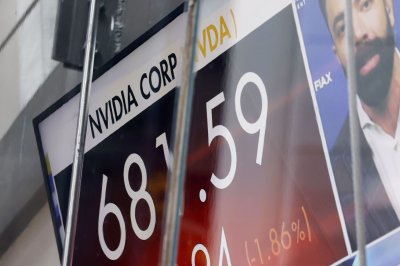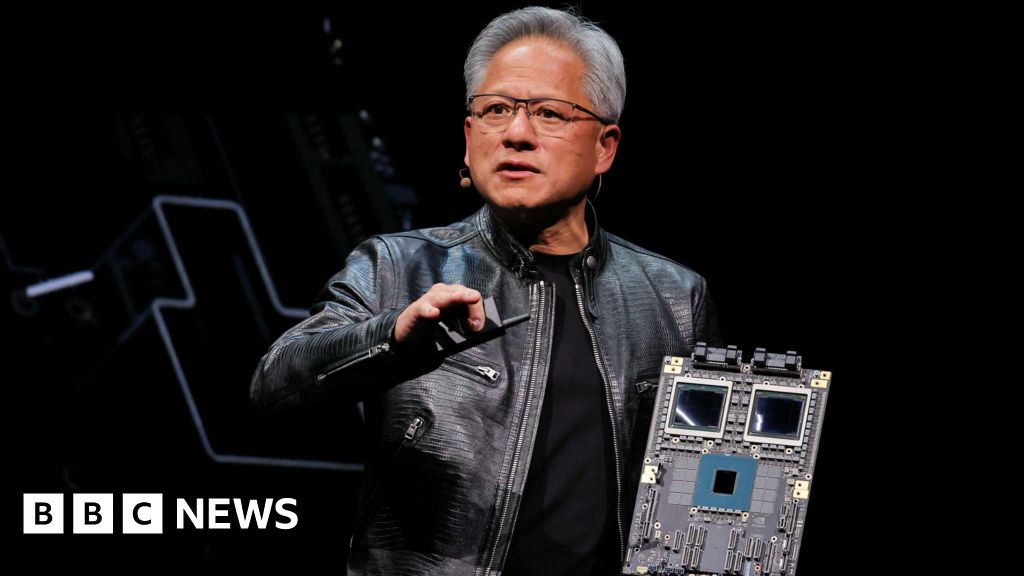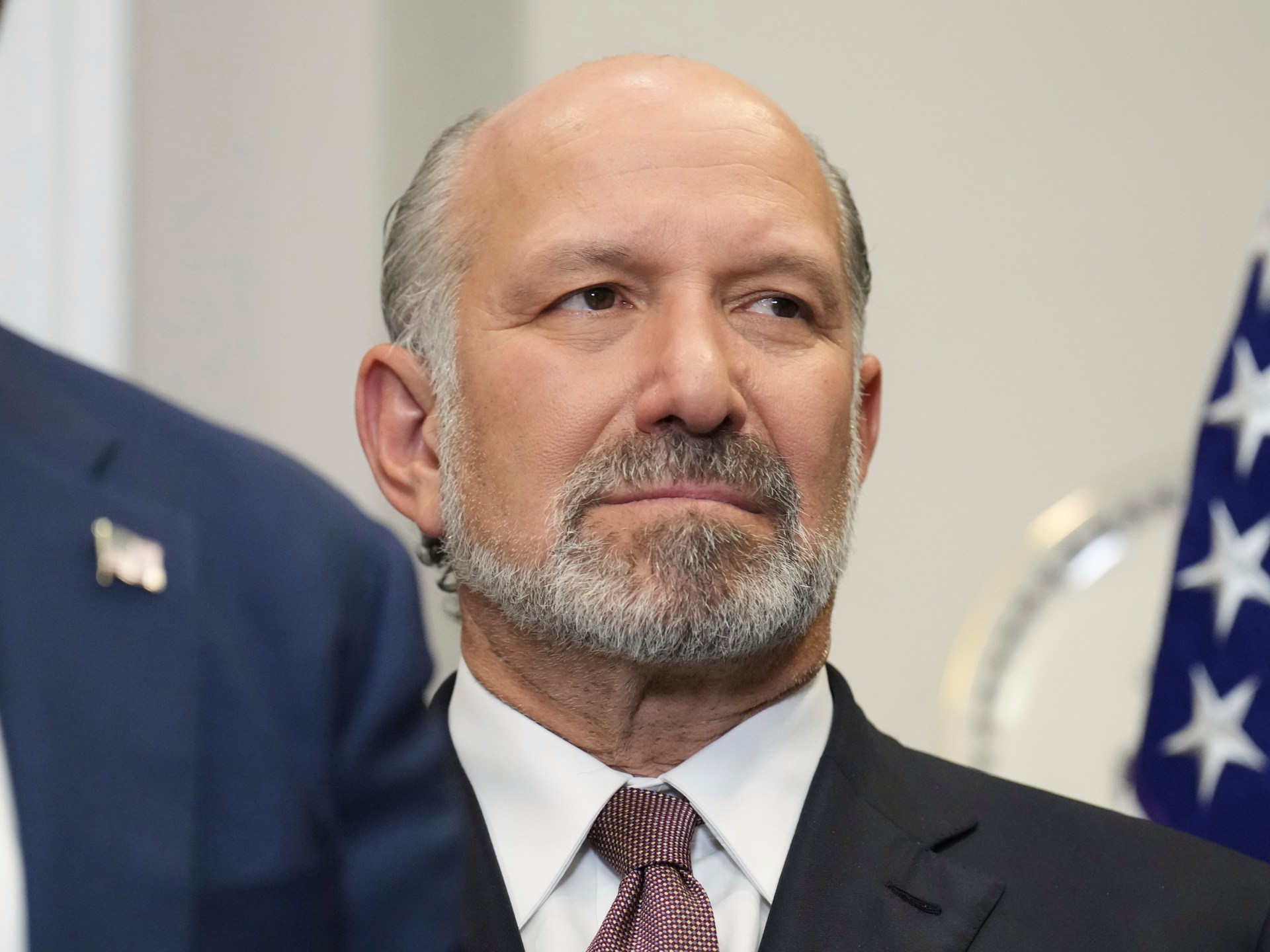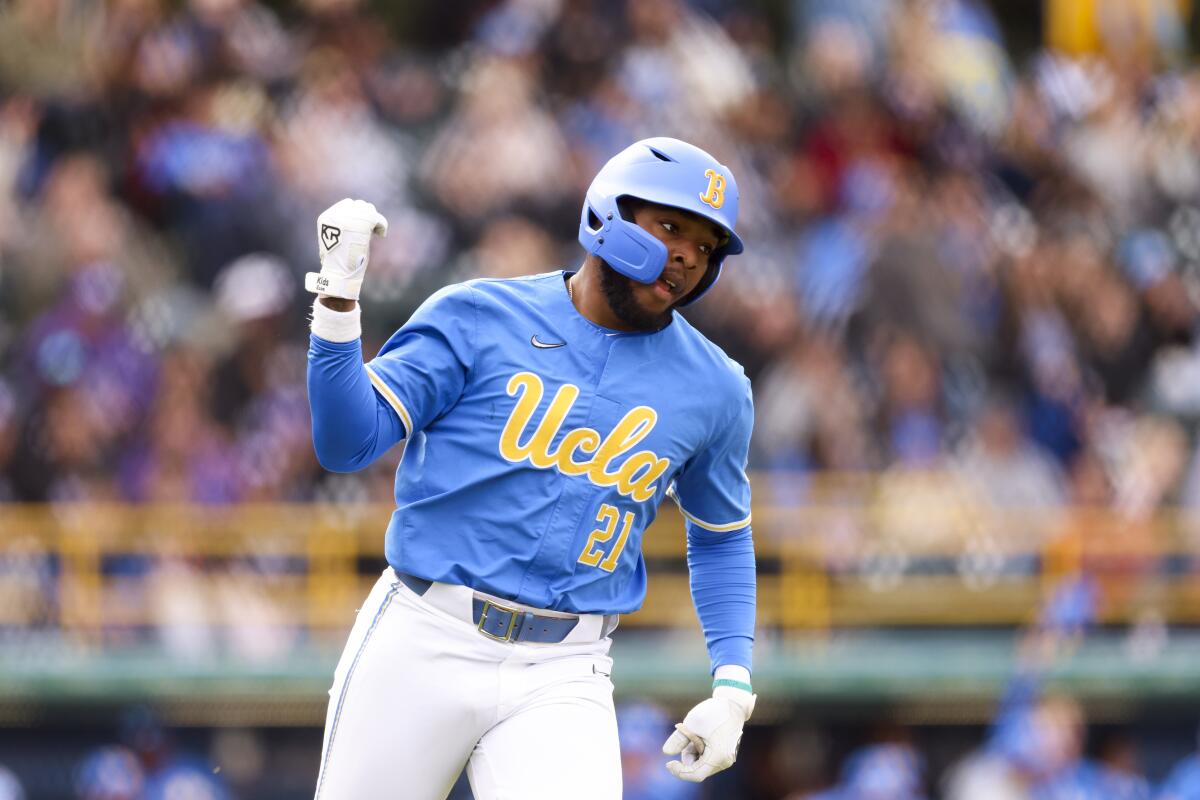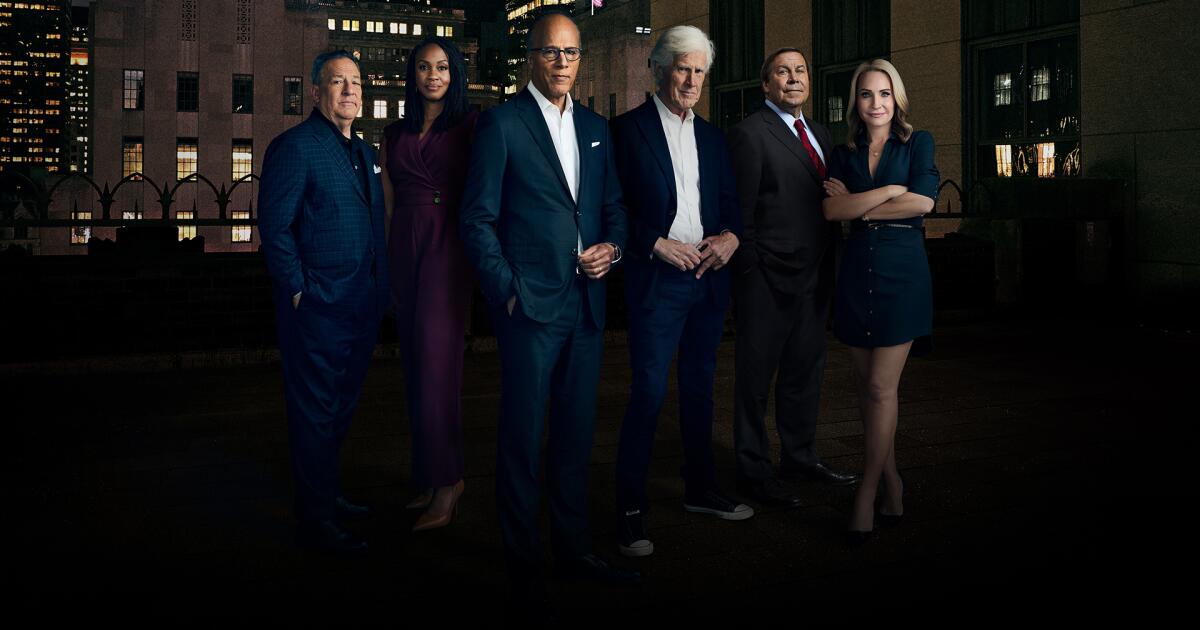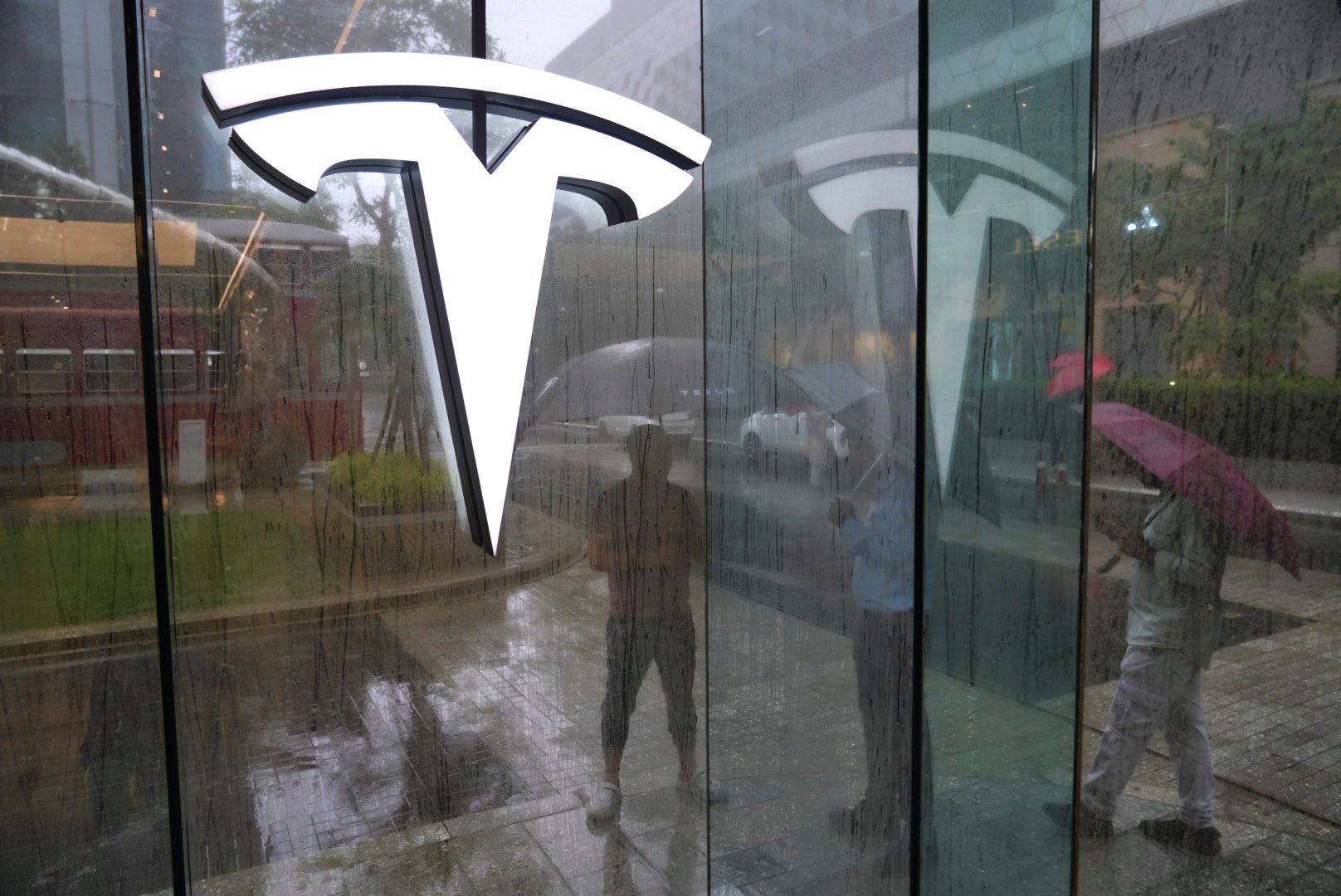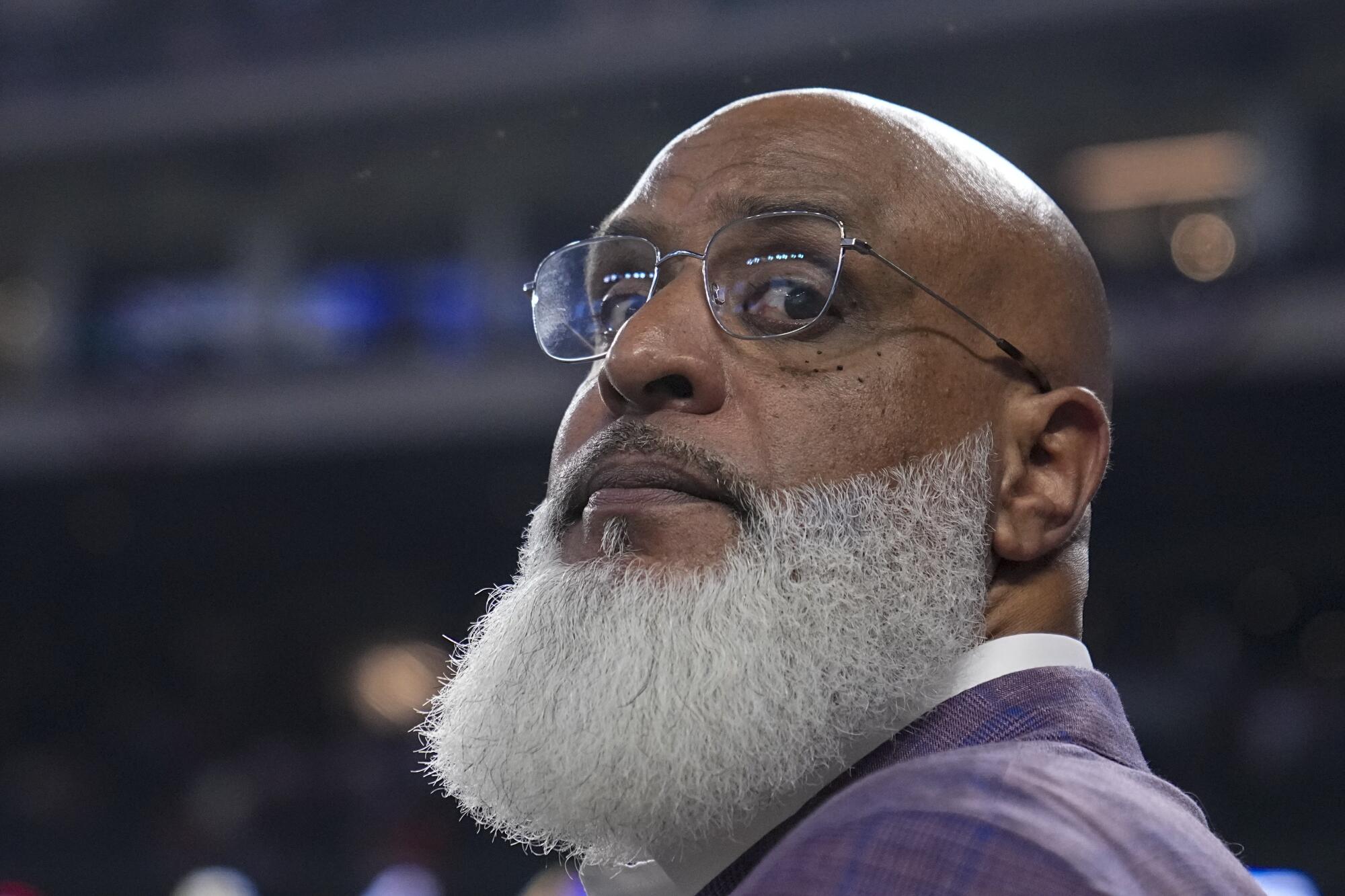PVH Posts 4% Revenue Gain in Fiscal Q2
PVH (PVH 1.09%), the owner of Calvin Klein and Tommy Hilfiger, reported its fiscal second quarter earnings on August 26, 2025. The Q2 FY2025 results featured better-than-expected revenue (GAAP) and earnings (non-GAAP), but gross margin declined in Q2 FY2025 compared to the prior year. Non-GAAP EPS of $2.52 for Q2 FY2025 exceeded guidance of $1.85–$2.00, although it fell short of last year’s $3.01. Total revenue (GAAP) for Q2 FY2025 was $2.17 billion, up 4% in the second quarter of 2025 compared to the same period last year and above expectations for a “low single digit” revenue increase in Q2 FY2025. Overall, the quarter delivered sales outperformance and showed core brand resilience but also highlighted persistent cost, margin, and inventory challenges.
| Metric | Q2 2025 | Q2 2024 | Y/Y Change |
|---|---|---|---|
| EPS (Non-GAAP) | $2.52 | $3.01 | (16.3 %) |
| Revenue (GAAP) | $2.17 billion | $2.07 billion | 4.8 % |
| Revenue vs. Guidance Midpoint (Non-GAAP) | Exceeds low single-digit increase guidance; in line with constant currency guidance | – | – |
| Operating Margin (Non-GAAP) | 8.2 % | N/A | N/A |
| EPS (GAAP) | $4.63 | $2.80 | 65.4% |
| Inventory | $1.79 billion | $1.58 billion | 13.3 % |
Source: Analyst estimates provided by FactSet. Management expectations based on management’s guidance, as provided in Q1 2025 earnings report.
Business Overview and Recent Priorities
PVH is a global apparel company known primarily for its Calvin Klein and Tommy Hilfiger brands. It operates in over 40 countries through wholesale, retail, and digital platforms, with its core offering being branded clothing and accessories. Together, Calvin Klein and Tommy Hilfiger accounted for more than 90% of PVH’s revenue in FY2024, reflecting their central importance.
Recent business focus has centered on strengthening its core brand positioning, expanding digital commerce offerings, and bringing more product categories in-house rather than licensing them out. Within this strategy, success depends on steady demand for branded products, investment in marketing and innovation, a balanced global footprint, and supply-chain resilience. The ability to manage costs while maintaining brand value and adapting to shifting consumer behavior is crucial for PVH’s longer-term growth.
Quarterly Developments and Performance Drivers
In Q2 FY2025, PVH posted GAAP revenue growth above expectations, led by both Calvin Klein and Tommy Hilfiger. Tommy Hilfiger generated $1,135.9 million in sales in Q2 FY2025, up 3.9% year over year (GAAP). Calvin Klein delivered $980 million in revenue (GAAP) for Q2 FY2025, rising 5.3%. The Americas region was a particularly strong driver, with 11% revenue growth in Q2 FY2025, attributed mainly to wholesale and from moving previously licensed women’s categories in-house in Q2 FY2025, which shifted revenue streams and timing. Europe, the Middle East, and Africa (EMEA) saw a smaller gain of 3.4% in Q2 FY2025 (GAAP), but on a constant-currency (non-GAAP) basis, it was down 3% in Q2 FY2025. Asia-Pacific region revenue fell 1% year over year in Q2 FY2025 (GAAP), mainly due to continued pressure in China and a soft wholesale market.
Direct-to-consumer (DTC) channels, including the company’s own stores and e-commerce platforms, recorded 3.7% revenue growth in Q2 FY2025. However, when excluding exchange rate effects, DTC was flat. Digital commerce specifically was up 3% in Q2 FY2025, but also flat in constant currency, indicating that digital sales are not yet outpacing the overall market or translating brand engagement into rapid growth.
Gross margin, the percentage of sales remaining after accounting for production and sourcing costs, declined from 60.1% in the prior year period to 57.7% in Q2 FY2025 on a GAAP basis. Management attributed this decline in Q2 FY2025 to several factors, including promotional discounting, cost pressures from higher tariffs on goods imported into the U.S, and the impact of bringing previously licensed women’s categories in-house. These in-house transitions typically generate more reported revenue but often at a lower margin at the outset. Additional sources of margin impact in Q2 FY2025 included an unfavorable mix between wholesale and retail channels, increased freight costs, and some incremental discounting to customers as a result of Calvin Klein delivery delays.
Inventories at the end of Q2 FY2025 were up 13% from the prior year. Management described this build as mostly strategic, aiming to ensure better availability of “core” product categories, especially moving into the next quarter. This can aid sales if demand holds, but it also introduces risk if the market stalls and excess stock leads to heavier discounting. Licensing revenue—money earned from letting other companies use PVH’s brands—declined 3% year over year in Q2 FY2025 as women’s product lines shifted from licensing to direct management. No significant new acquisitions or licensing expansions were announced during the quarter.
In terms of product lines, Calvin Klein’s best performance was in underwear and fashion denim, with management highlighting product innovation and new marketing campaigns featuring celebrity talent like Bad Bunny. Tommy Hilfiger focused on summer campaigns including collaborations with major sports events and teams, such as the F1® The Movie and the US SailGP racing team. Both major brands benefited from targeted investment in product innovation and broad marketing engagement, though the company did not break out detailed sales growth numbers for specific sub-categories beyond the main brands.
The ongoing transition of product categories from licensed to in-house models as part of the branded strategy had notable financial effects. While this contributed to higher reported revenue in Q2 FY2025, it initially pressured gross margins and reduced licensing income. The company also continues to face increased U.S. tariffs, which are expected to produce a $1.15 per share drag on FY2025 non-GAAP earnings per share, up from previous projections of $1.05. Ongoing operational initiatives are aimed at mitigating these cost pressures, but full offset has yet to be realized.
Looking Ahead: Management Guidance and Key Issues
Management updated full-year revenue guidance for FY2025 to “increase slightly to up low single digits,” an improvement from previous forecasts of “flat to increase slightly.” The outlook for full-year non-GAAP operating margin held steady at about 8.5% for FY2025, a significant step down from last year’s 10.0% non-GAAP margin. Full-year non-GAAP earnings per share guidance for FY2025 was reaffirmed at $10.75–$11.00, compared to $11.74 (non-GAAP) last year, and continues to reflect substantial tariff-related and margin headwinds. Q3 FY2025 is projected to see flat to modest revenue growth and non-GAAP EPS between $2.35 and $2.50, compared to $3.03 in Q3 FY2024.
Investors and observers will want to track whether inventory build translates into improved sales or heavier future markdowns, as well as any recovery in Asia-Pacific performance. Additional focus areas include the ability to maintain brand health, especially as elevated promotional activity persists and margin recovery efforts continue. Management flagged continued cost pressures, especially from tariffs and promotional activity, while reiterating its focus on digital and brand-building initiatives. No dividend is currently paid on PVH shares.
Revenue and net income presented using U.S. generally accepted accounting principles (GAAP) unless otherwise noted.


